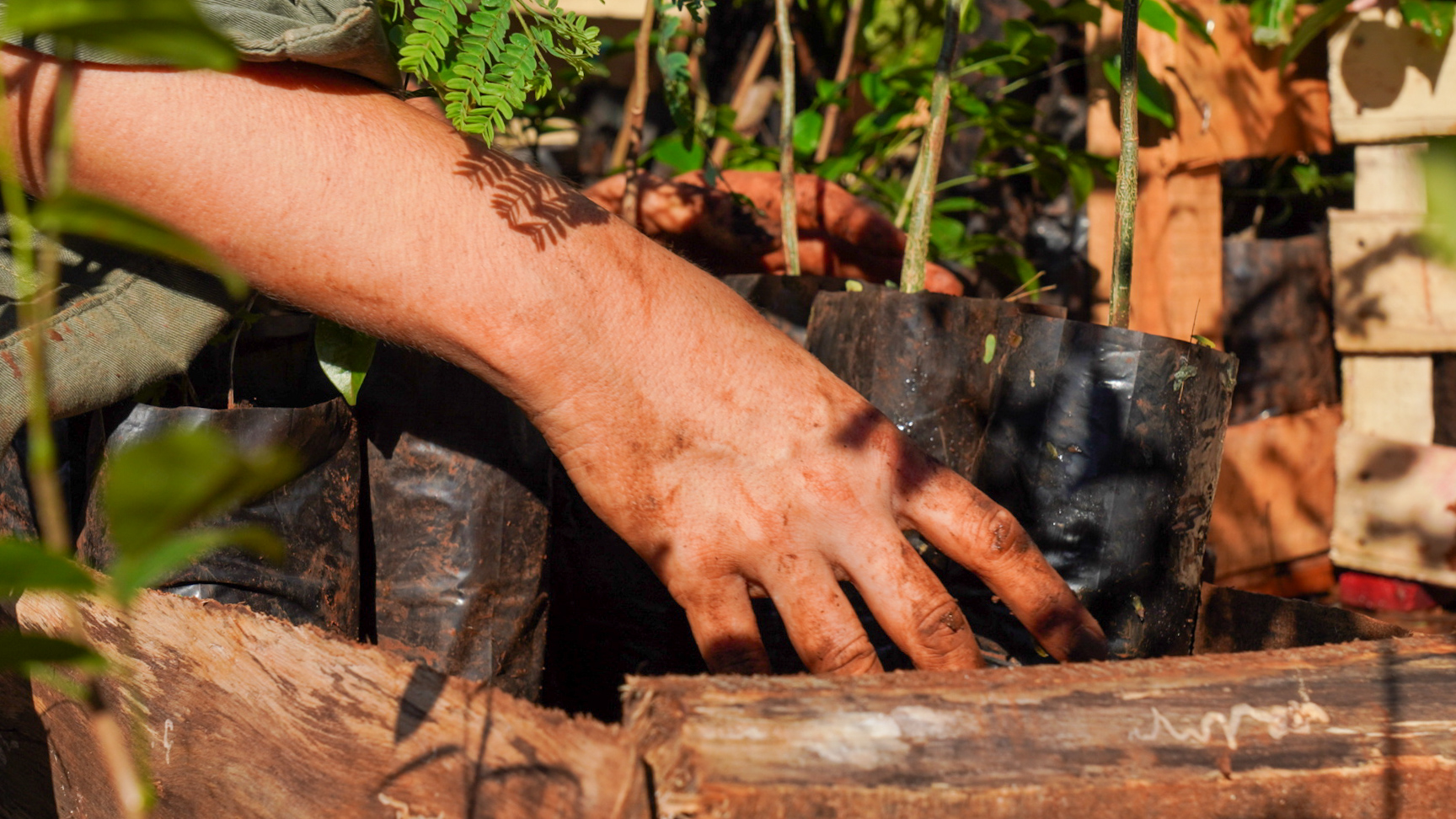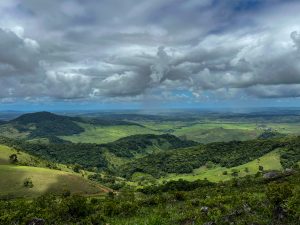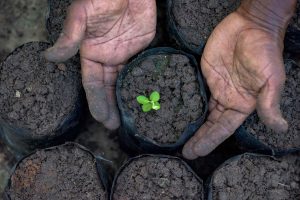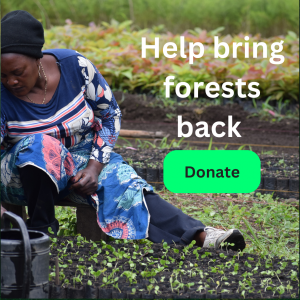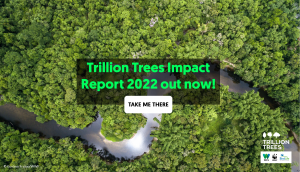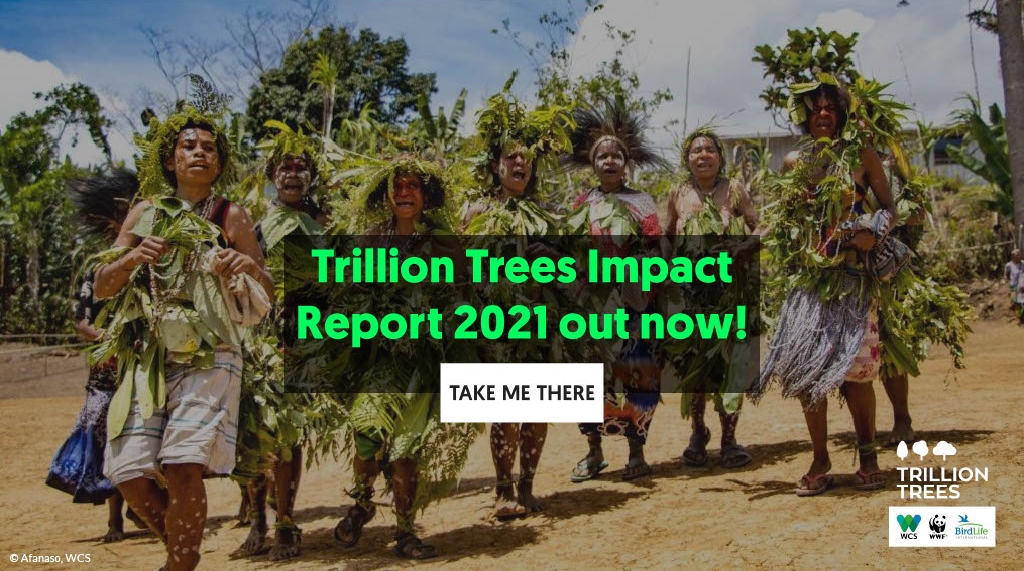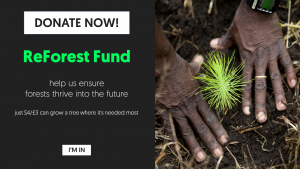With your support, our partner teams have restored nearly 588,000 trees across 19 landscapes, spanning Latin America and Mesoamerica to Africa and Asia and benefitting over 23,500 people. These trees can sequester nearly 200,000 tonnes of carbon over 20 years!
Our projects focus on recovering and regrowing native and natural forests. We take a landscape-based approach, using methods suited to the local environment, that improve livelihoods and address the underlying drivers of deforestation. This ensures our efforts make a difference to people’s lives; a lasting contribution to reducing carbon in the atmosphere; and help to preserve critical biodiversity.
Trillion Trees has projects worldwide in critically important landscapes that need support to enable the recovery of vital ecosystems and to re-create habitats for endangered species. New projects are underway in the Atlantic Forest of Argentina (recovering lost ecosystem services through planting 90,000 native plants and restoring 180 hectares of degraded land); in the Madidi-Tambopata Landscape of Peru (reforesting degraded areas on and near family-owned coffee farms), and in buffer zones of Bwindi Impenetrable National Park, Uganda, home to endangered mountain gorillas.
Our projects have made significant progress in the last six months:
- In the Atlantic Forest of Argentina, over 16,000 trees were planted. Members of the Mbyá Guaraní Yryapú Community are restoring forest and planting native fruit trees which increases food availability for wildlife, creating ecosystems rich in biodiversity, particularly for birds, who play a crucial role in seed dispersal.
- In Peru, over 17,000 trees were planted in degraded areas on and near family-owned coffee farms. Over the last six months new coffee-growing families have been brought into the initiative, increasing the number of families participating from 37 to 45.
- One of the most important aspects of restoration is making sure the trees survive and last for future generations. Continuous maintenance and monitoring of restoration sites is therefore crucial. For example, in Kaptagat, Kenya the team has been monitoring the 31,000 trees planted last year and training Community Forest Associations to take part in monitoring and evaluation and have seen a survival rate of 93%. In Laos they have been monitoring compliance with cattle grazing agreements, where ranchers agreed to keep cattle away from the restoration site so seedlings can grow.
Whether you donate to restore 1 tree or 10,000, your support ensures forests thrive into the future.
Project spotlight
Creating agroforestry opportunities in the Atlantic Forest, Argentina
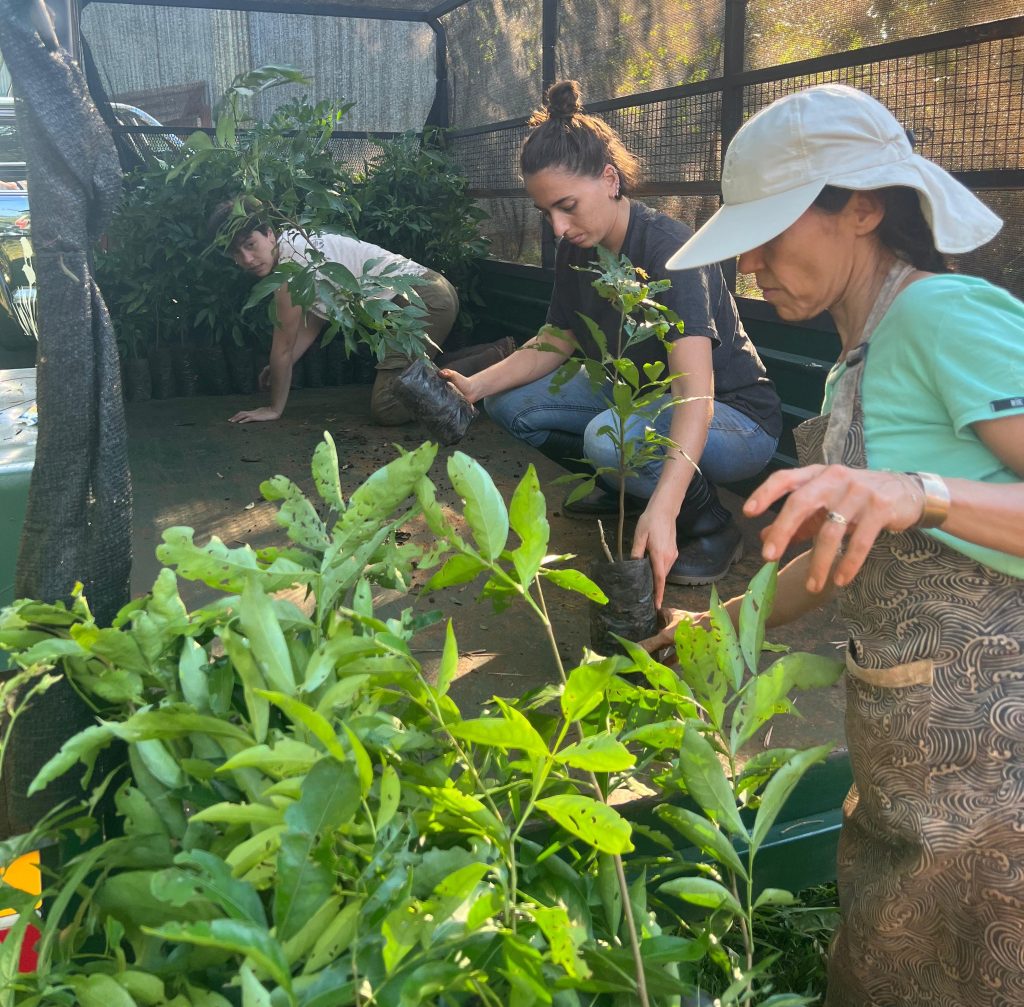
Over 89 hectares restored and 16,000 trees planted, working with Indigenous communities to improve wellbeing and increase wildlife habitat. Read more.
Restoring forest connectivity with local coffee farmers in Peru

Over 25 hectares restored and 17,000 seedlings planted, working with coffee-growing families to support biodiversity and enhance coffee production. Read more.
Restoration and maintenance of one of Kenya’s critical forests
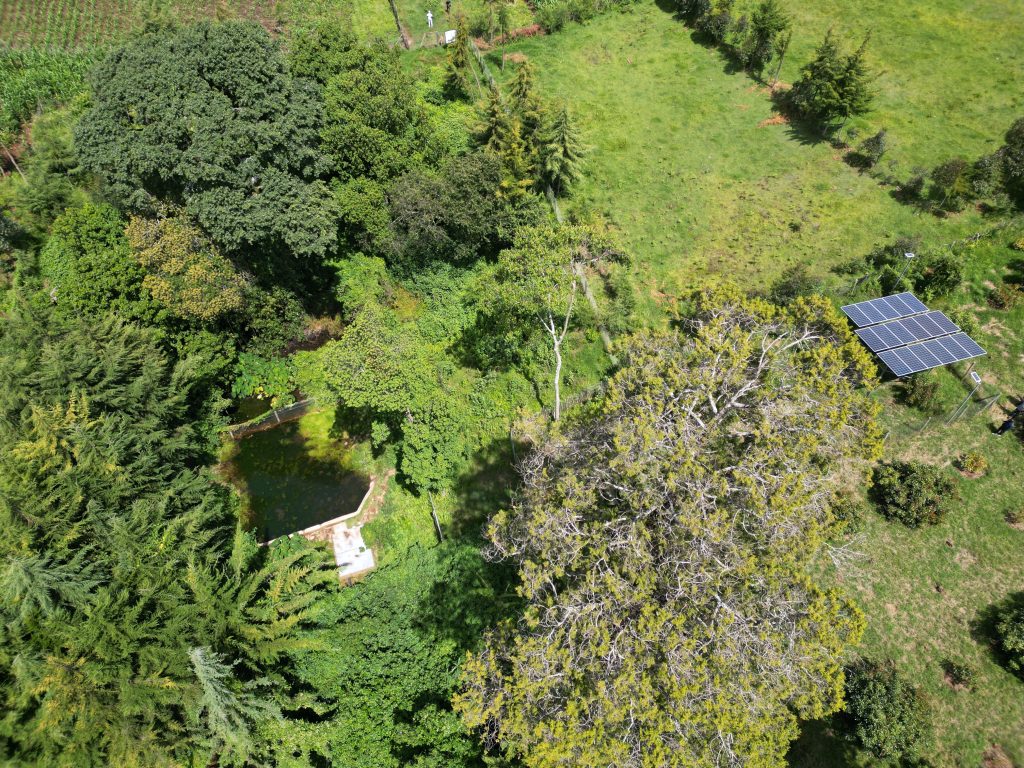
Working with local communities to monitor and look after 31,000 trees that have been planted, across 40 hectares. Read more.
Restoring forests for watershed management and nature conservation in Mbeliling, Indonesia
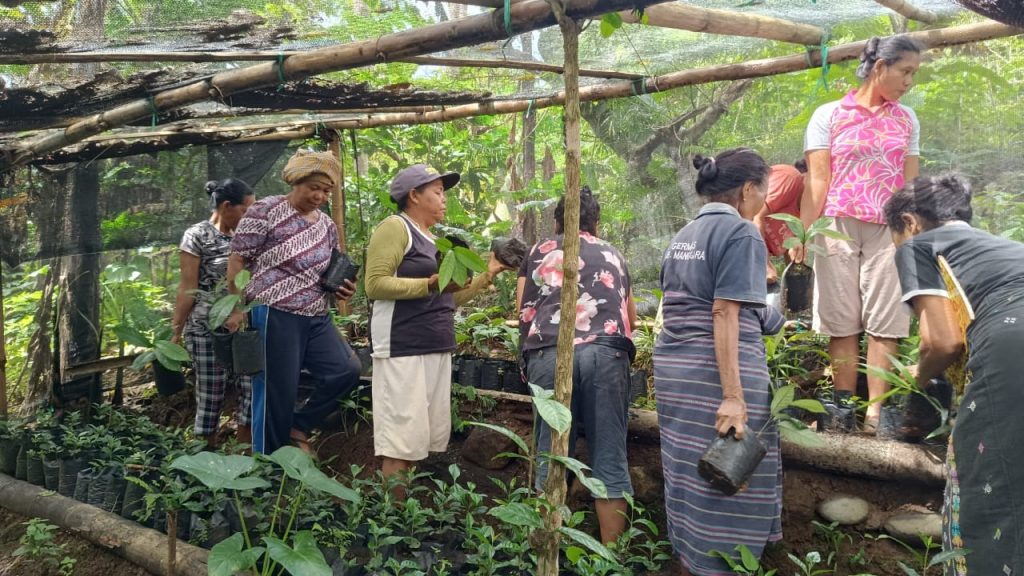
Local community groups have planted 19,000 saplings and restored 41 hectares, helping to secure water supplies and boost biodiversity. Read more.

